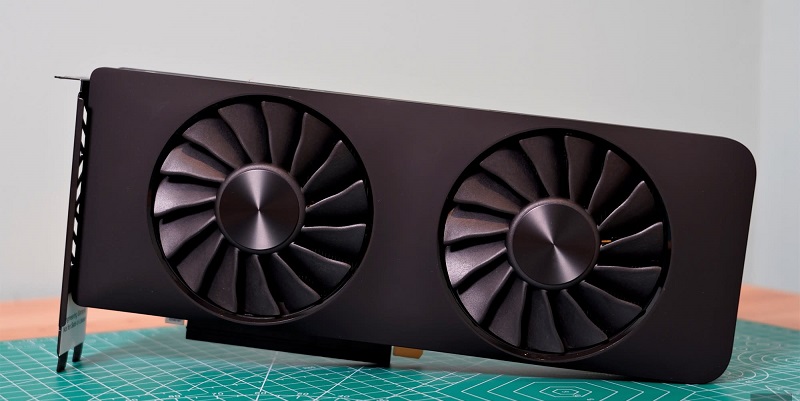In the world of graphics processing units (GPUs), Intel’s Arc series has been making waves with its powerful performance and affordability. Recently, Intel released Arc GPU drivers that have delivered remarkable performance improvements. This article explores the impact of these drivers, focusing on the upgraded clock speeds of the Intel Arc A380 graphics card after a firmware upgrade, the firmware updates themselves, improved pixel and texture fill rate, the accuracy of the firmware upgrade process, and the potential performance gains. Additionally, we’ll touch upon the Arc A380 features, pricing, and the possibility of clock speed boosts for other Arc cards.
Upgraded Clock Speeds
One of the most significant improvements noted in the firmware upgrade was the substantial increase in clock speeds for the Intel Arc A380 graphics card. Prior to the upgrade, the card operated at 2000 MHz, but after the firmware update, the clock speeds soared to 2150 MHz, representing a significant 7.5% boost. This increase in clock speeds translates into higher performance capabilities for the graphics card, enhancing its ability to handle demanding tasks and render graphics-intensive games more smoothly.
Firmware Updates
While the latest firmware update for the Intel Arc A380 graphics card did not introduce any specification upgrades, it delivered important enhancements in various areas. The update focused primarily on stability improvements, optimizing fan behavior for better cooling, bug fixes, and improved compatibility with HDMI connections. These updates are crucial for providing users with stable and reliable graphics card performance, ensuring a seamless and uninterrupted gaming or computing experience.
Improved Pixel and Texture Fillrate
Aside from the clock speed increase, the firmware upgrade has also resulted in improvements to the pixel and texture fillrate of the Intel Arc A380 graphics card. The enhanced fillrate significantly improves the card’s capability to render and exhibit high-quality images, textures, and complex visual effects. This leads to an overall enhanced visual experience and improved performance for both gaming and content creation tasks.
Proper Firmware Upgrade Process
A noteworthy aspect of the firmware upgrade is the software’s ability to accurately report the process to users. This feature ensures that users are provided with reliable information during the upgrade, minimizing the risk of errors or inconsistencies. A transparent and user-friendly upgrade process is essential for hassle-free installations, allowing users to take full advantage of the performance improvements without any technical hiccups.
Potential Performance Gains
The boost in clock speed should provide a noticeable performance improvement across various tasks and gaming experiences. The increased clock speeds enable the Intel Arc A380 graphics card to handle demanding applications and complex graphics rendering more efficiently. Whether it’s running graphically-intensive games, editing high-resolution videos, or conducting computationally intensive tasks, users can expect a significant performance boost with the upgraded clock speeds.
Arc A380 Features and Price
The Intel Arc A380 graphics card is an attractive option for entry-level PC builds, offering impressive features and affordability. With support for AV1 and features like XeSS, it brings advanced video codec capabilities and enhanced scaling technology to users at an entry-level price point. The Arc A380 is a perfect choice for budget-conscious gamers and content creators who seek reliable performance and feature-rich GPUs. Starting at just $99 US, the Arc A380 provides excellent value for money without compromising on performance.
Possibility of Clock Speed Boost for Other Arc Cards
Considering the success of the clock speed boost for the Arc A380, it is highly likely that other Arc graphics cards may also receive similar upgrades. Intel’s commitment to improving performance across its graphics card lineup is evident, and future firmware updates for other models could unleash their full potential, delivering even more impressive performance gains. This signifies exciting possibilities for users as they can anticipate continuous improvements and increased performance across the entire range of Intel Arc GPUs.
Intel’s recent Arc GPU drivers and accompanying firmware upgrades have revolutionized the performance capabilities of the Arc A380 graphics card. The significant increase in clock speeds, along with improvements in pixel and texture fill rate, stability, and compatibility, showcase Intel’s commitment to providing users with an exceptional graphics processing experience. With the Arc A380 as a prime example, Intel’s dedication to affordability and performance is evident, making it a popular choice for entry-level PC builds. As new firmware updates continue to roll out, users can look forward to further enhancements and exciting performance gains across the entire Intel Arc GPU lineup.

